The Renaissance viol, a fretted and bowed string instrument, occupies a fascinating niche in the history of Western music. Its delicate yet resonant timbre made it a favorite among courtly musicians and composers during the 15th and 16th centuries. But beyond its role as an accompaniment or solo instrument, the viol family played a crucial part in the early experiments with harmony that would later define the Baroque era. Unlike the more rigid polyphony of the medieval period, Renaissance musicians began exploring vertical sonorities and chromaticism, using viol consorts as their laboratory.
One of the most striking features of the Renaissance viol was its adaptability to both linear counterpoint and chordal harmony. While lute players could arpeggiate chords and organists could sustain them, viol consorts—typically comprising treble, tenor, and bass instruments—could blend the two approaches. This flexibility allowed composers to test harmonic progressions that would have sounded jarring on other instruments. The viol’s gut strings and lightly curved bridge produced a softened dissonance, making even adventurous harmonic choices palatable to contemporary ears.
The English viol school, particularly composers like John Dowland and William Byrd, demonstrated how the instrument could serve as a vehicle for harmonic innovation. In works such as Dowland’s Lachrimae pavans, the viol consort moves through unexpected modulations and suspensions, creating a language of affective harmony that foreshadowed Monteverdi’s Seconda Prattica. The viol’s ability to sustain notes without the percussive attack of a plucked string instrument gave these harmonies a lingering, speech-like quality, blurring the line between counterpoint and homophony.
On the continent, particularly in Italy and Spain, the viol was often employed in mixed ensembles alongside voices and other instruments. Here, it functioned as both a harmonic and textural bridge. Composers like Diego Ortiz and Giovanni Gabrieli used the viol to fill out inner voices in polychoral works, experimenting with how harmonies could be distributed across registers. The viol’s rich overtones allowed it to blend seamlessly with voices while still contributing to the harmonic depth, a technique that would later evolve into the basso continuo practice of the Baroque.
Perhaps the most daring harmonic experiments occurred in the realm of chromaticism. The viol’s frets, which could be adjusted for microtonal variations, enabled performers to explore intervals that keyboards and lutes could not easily replicate. Composers like Carlo Gesualdo wrote viol music that pushed the boundaries of modal harmony, using the instrument’s capacity for subtle intonation shifts to heighten expressive tension. These experiments laid the groundwork for the tonal system that would dominate the Baroque period.
By the early 17th century, the viol’s role began to shift as the violin family rose to prominence. Yet, the harmonic language it helped develop—rooted in expressive dissonance, functional chord progressions, and textural variety—became foundational to Baroque music. The viol’s legacy is not merely one of timbre or technique, but of a pivotal moment in music history when harmony ceased to be a byproduct of counterpoint and emerged as a powerful expressive force in its own right.

By /Jun 6, 2025
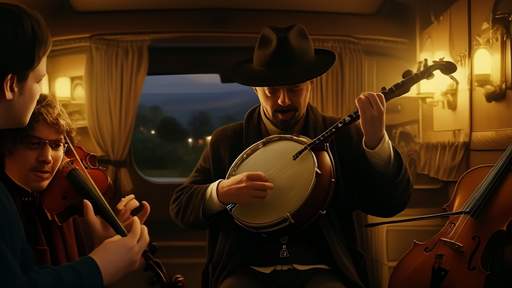
By /Jun 6, 2025

By /Jun 6, 2025

By /Jun 6, 2025
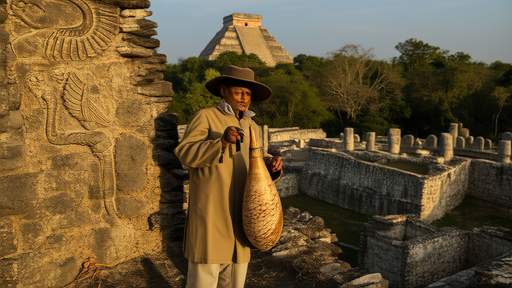
By /Jun 6, 2025
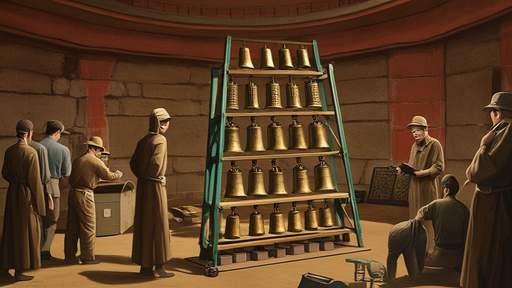
By /Jun 6, 2025

By /Jun 6, 2025

By /Jun 6, 2025

By /Jun 6, 2025
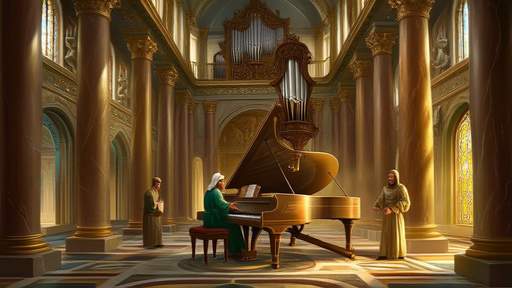
By /Jun 6, 2025
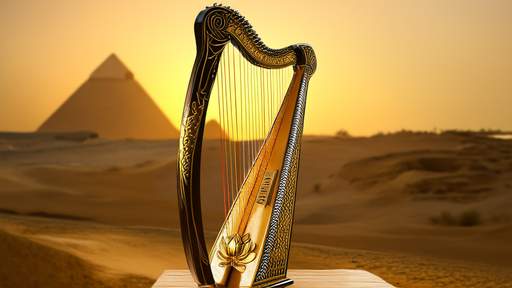
By /Jun 6, 2025

By /Jun 6, 2025

By /Jun 6, 2025
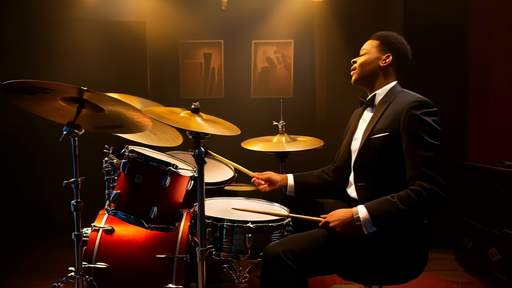
By /Jun 6, 2025
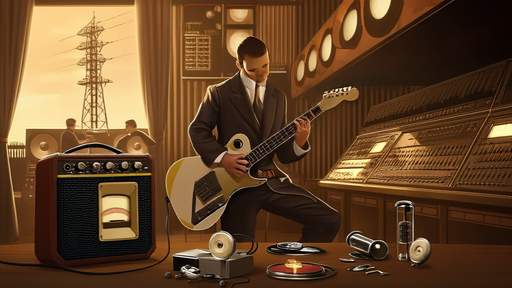
By /Jun 6, 2025
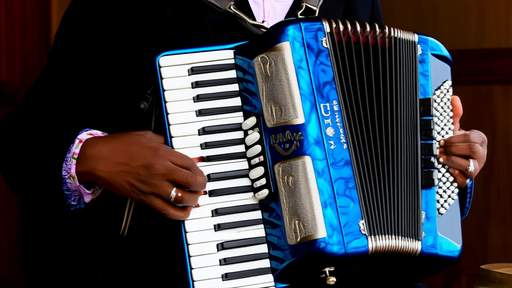
By /Jun 6, 2025
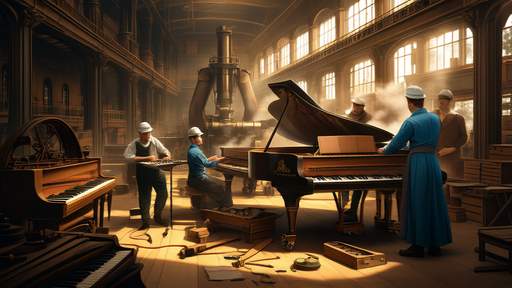
By /Jun 6, 2025
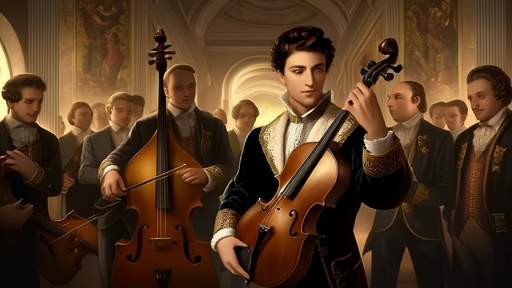
By /Jun 6, 2025
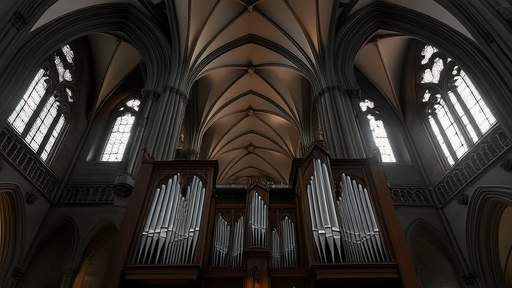
By /Jun 6, 2025
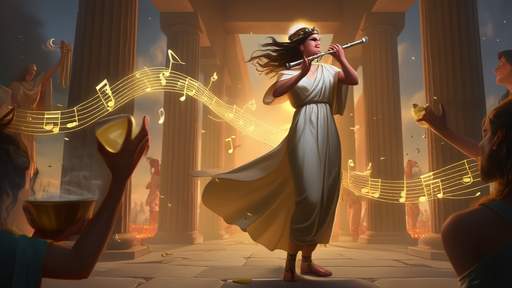
By /Jun 6, 2025